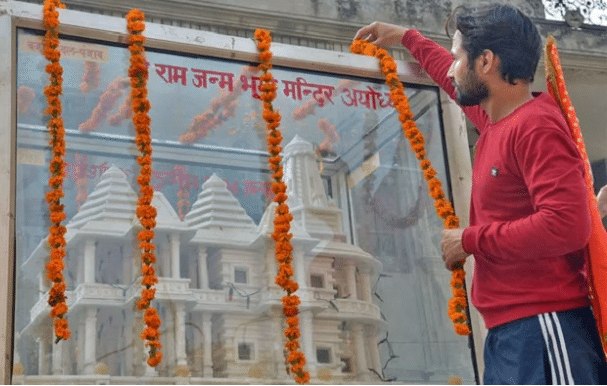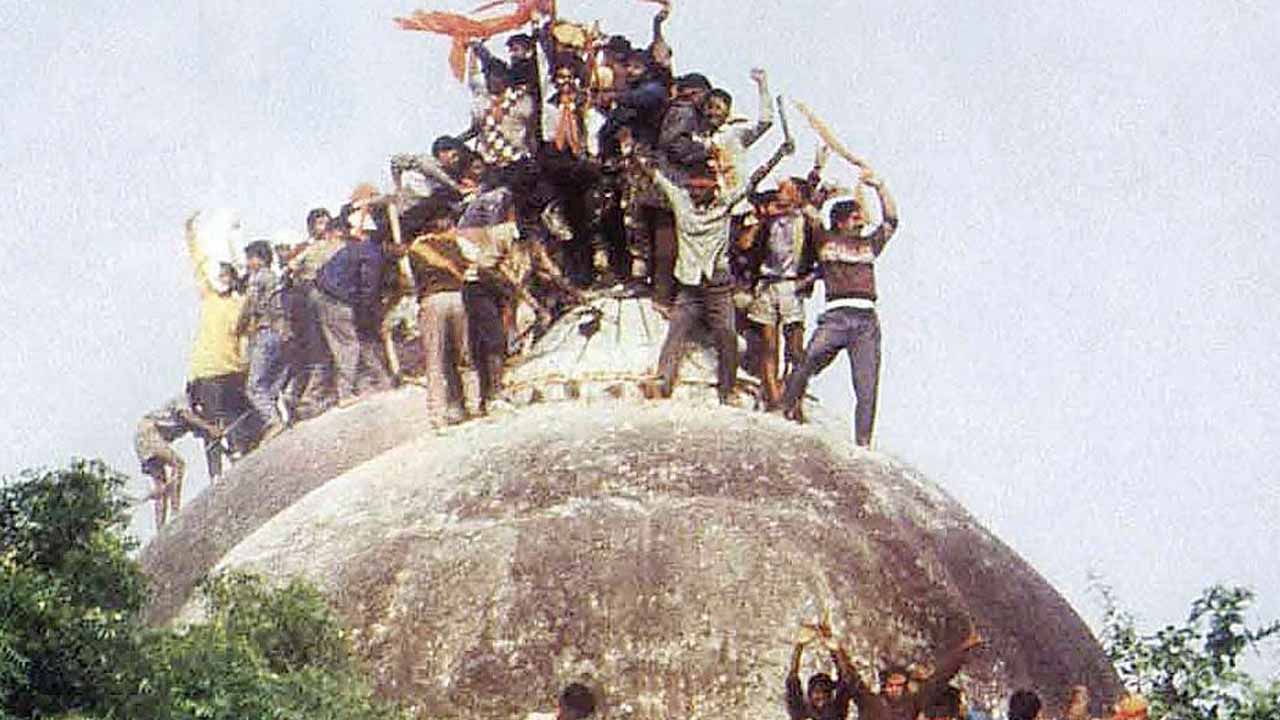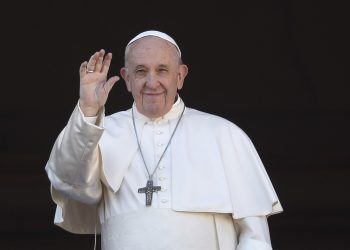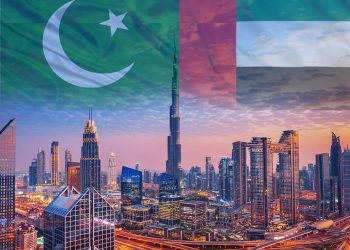An Indian official stated on Wednesday that the first phase of the Ram Temple building in Ayodhya, a northern town in India, will be completed in December and will be open to pilgrims in January.
For many years, the land where the temple is being built has been the source of contention between Hindus and Muslims.
Hindus regard the location as sacred and claim it as the birthplace of Lord Ram, having historical significance prior to the construction of the Babri mosque by Muslim Mughals in 1528. A Hindu mob destroyed the mosque in 1992, sparking extensive riots across India, killing around 2,000 individuals, the majority of whom were Muslims.

The site was handed to Hindus by India’s Supreme Court in 2019, paving the way for the construction of a Hindu temple, a plan long favored by Prime Minister Narendra Modi’s ruling Hindu-nationalist party.
Nripendra Misra, Chairman of the Shri Ramjanmabhoomi Temple Construction Committee, told reporters that Modi has been asked to participate in the inauguration ceremony’s prayers.
“The ground floor (of the temple) will be finished in December 2023, and once it is finished and the Lord has moved to the sanctum sanctorum…we must allow devotees to come and pray,” Misra added.
The dispute
The destruction of the centuries-old Babri mosque in the Indian holy town of Ayodhya by a Hindu mob in late 1992 prompted violent religious riots across the country, killing around 2,000 people.
The following are essential facts concerning the contested site gleaned from court and government documents.
The Hindu epic literature Ramayana describes Ayodhya as the birthplace of the Hindu god-king Ram, which is located in the northern Indian state of Uttar Pradesh, almost 700 kilometers (435 miles) from New Delhi. He is thought to be a bodily manifestation of Lord Vishnu, one of Hinduism’s most important deities.

Babur, India’s first Mughal king, built a mosque in Ayodhya in 1528. Many Hindus think it was built on Lord Ram’s actual birthplace, where there is evidence of a Hindu temple once standing.
In December 1949, some Hindu activists erected Ram statues inside the disputed edifice, prompting authorities to seize the mosque. Court restrictions barred anybody from removing the idols, effectively ending the structure’s use as a mosque.
Separate claims were brought by Hindu and Muslim parties regarding the site and structure. The Allahabad High Court ruled the status quo to be maintained in 1989.
Mosque razed
Negotiations between the Hindu nationalist party Vishva Hindu Parishad (VHP) and the Muslim group All India Babri Masjid Action Committee ended.
The push for the construction of a Ram temple increased after the Hindu nationalist Bharatiya Janata Party (BJP) of current Indian Prime Minister Narendra Modi came to power in Uttar Pradesh in 1991.
The state government began acquiring property adjacent to the contested construction with the intention of erecting a temple there without interfering with the mosque. A state court, however, denied the plan.
On December 6, 1992, a group of Hindus assembled for a demonstration nearby climbed the mosque, and began destroying the domes with axes and hammers. The entire edifice was demolished in a matter of minutes.
Shankar Dayal Sharma, the then-President of India, took the powers of the Uttar Pradesh government and dissolved the state assembly. Through an executive order in 1993, the federal government purchased all of the contested land, bringing the total acreage to 67.7 acres.
Court orders
The Allahabad High Court declared in September 2010 that the main site where the mosque originally stood should be divided into three sections, one for Muslims and two for Hindus.
The court stated in its order the difficulties in making a judgment on such a delicate subject.
“This is a little patch of land where angels are afraid to tread. It is filled with landmines. “We must clear it,” the three-judge panel wrote.
“Some very sensible individuals advised us not to try.” We do not intend to rush in like fools for fear of being blown. We must, nevertheless, take risks. It is believed that the greatest risk in life is not daring to take a risk when the opportunity presents itself.”





